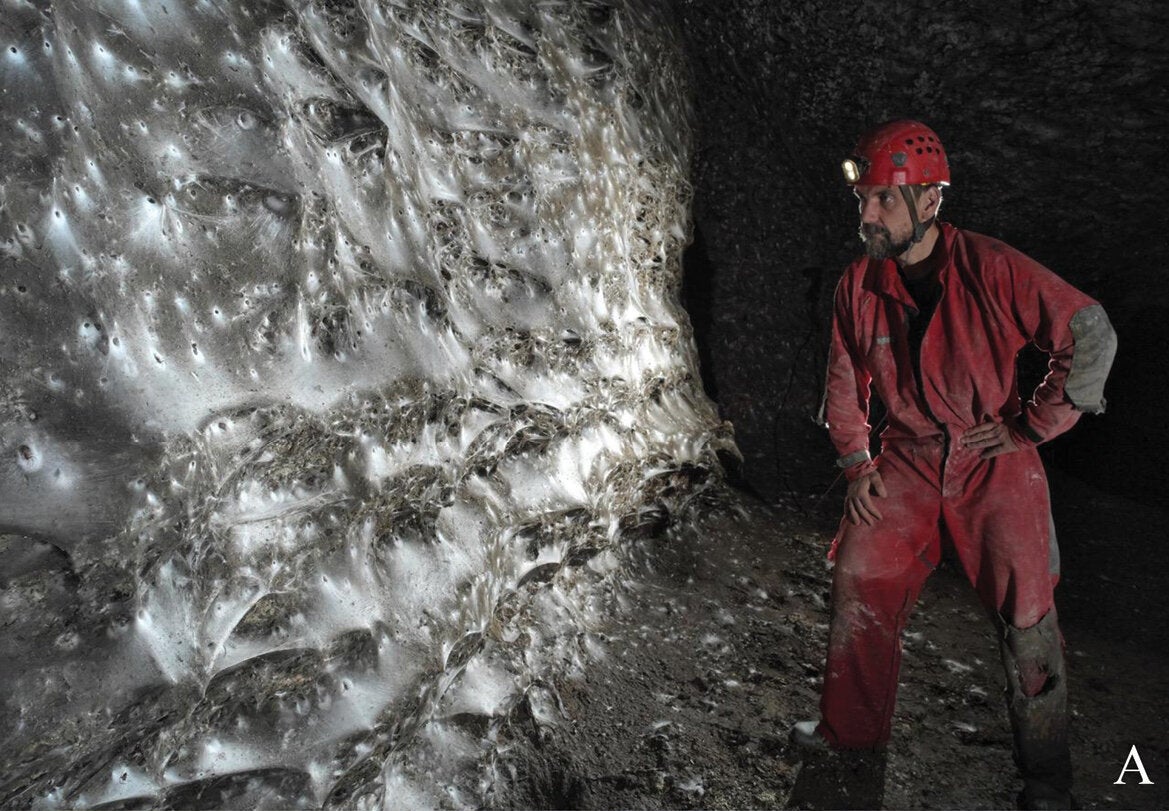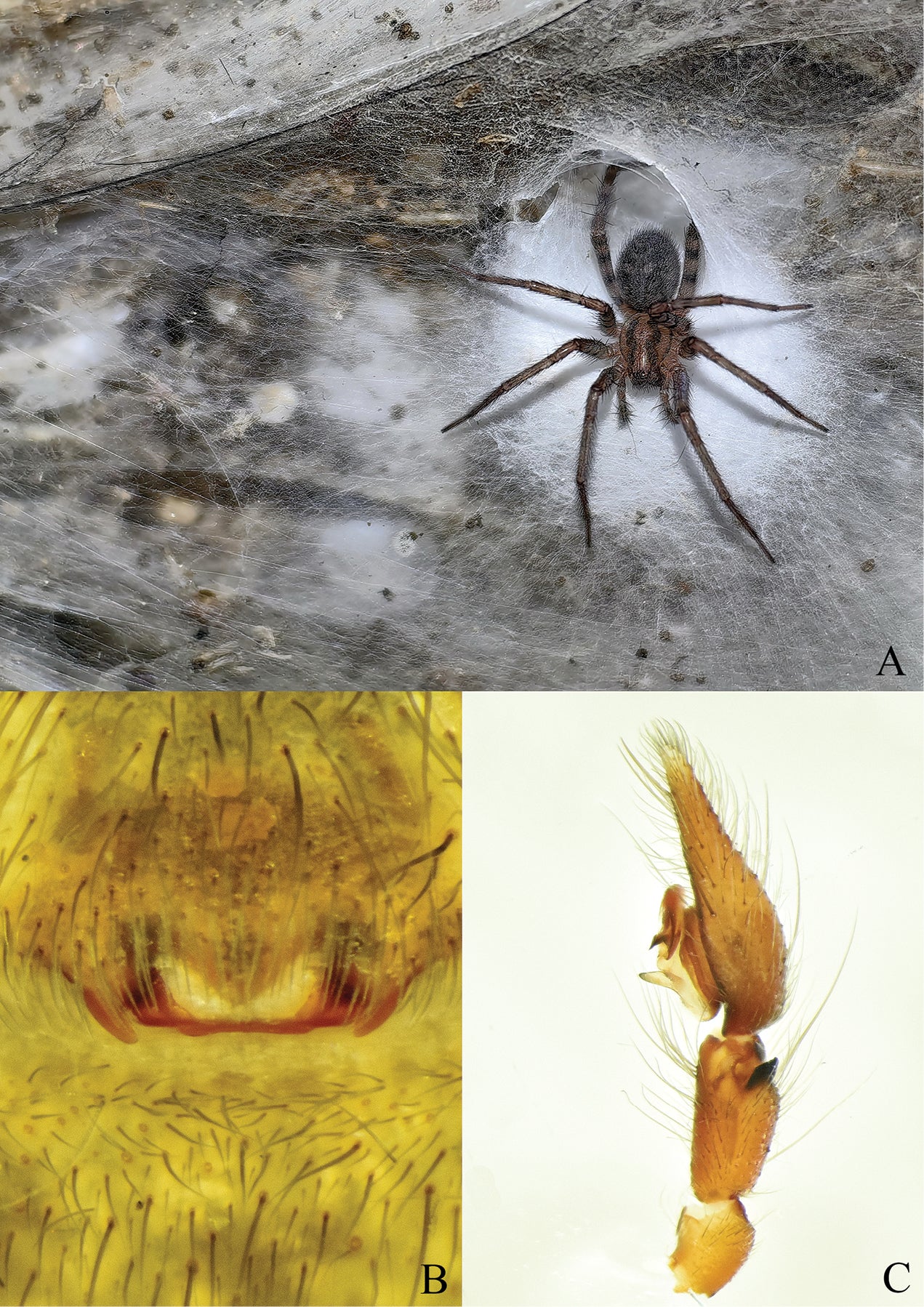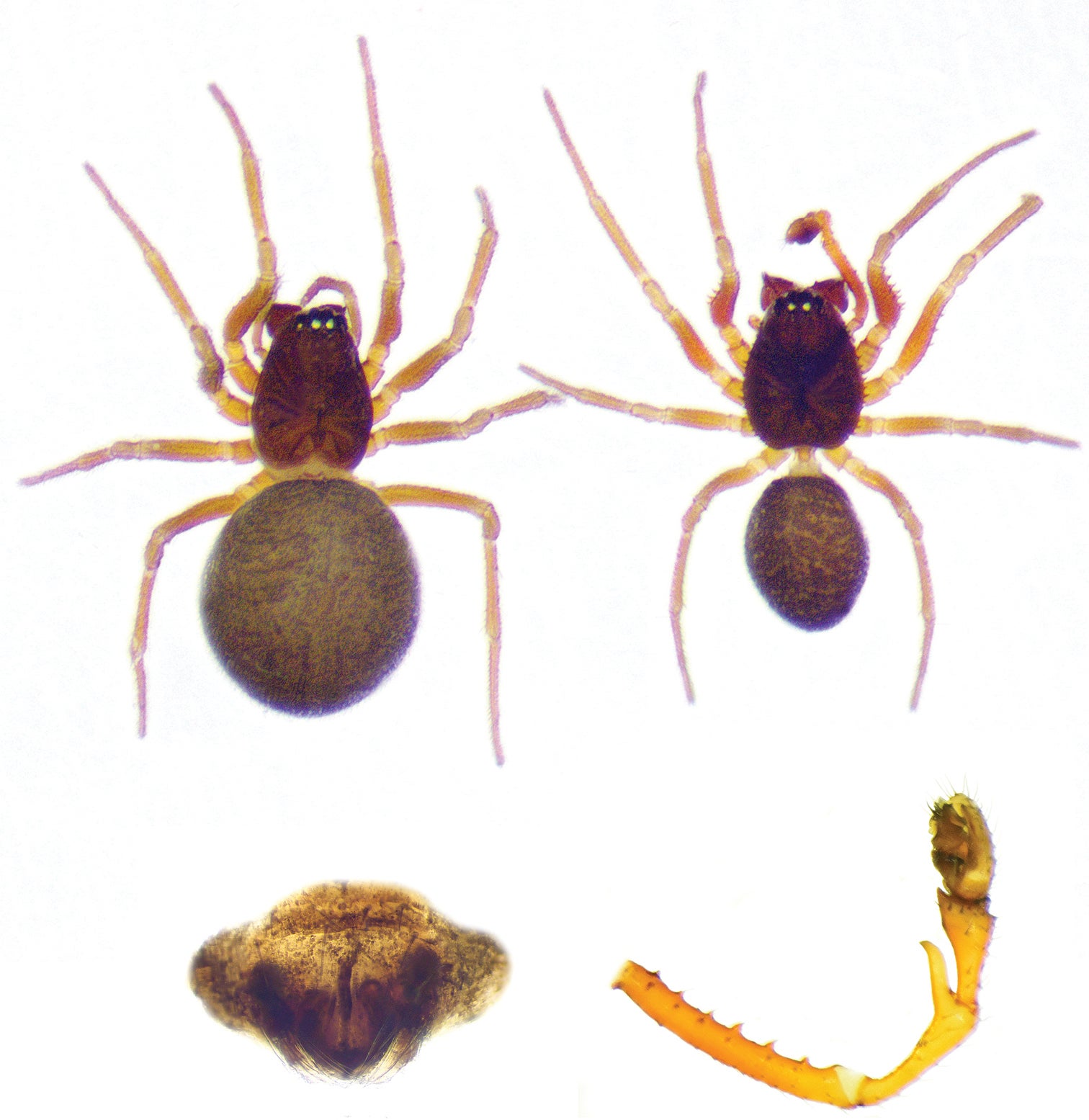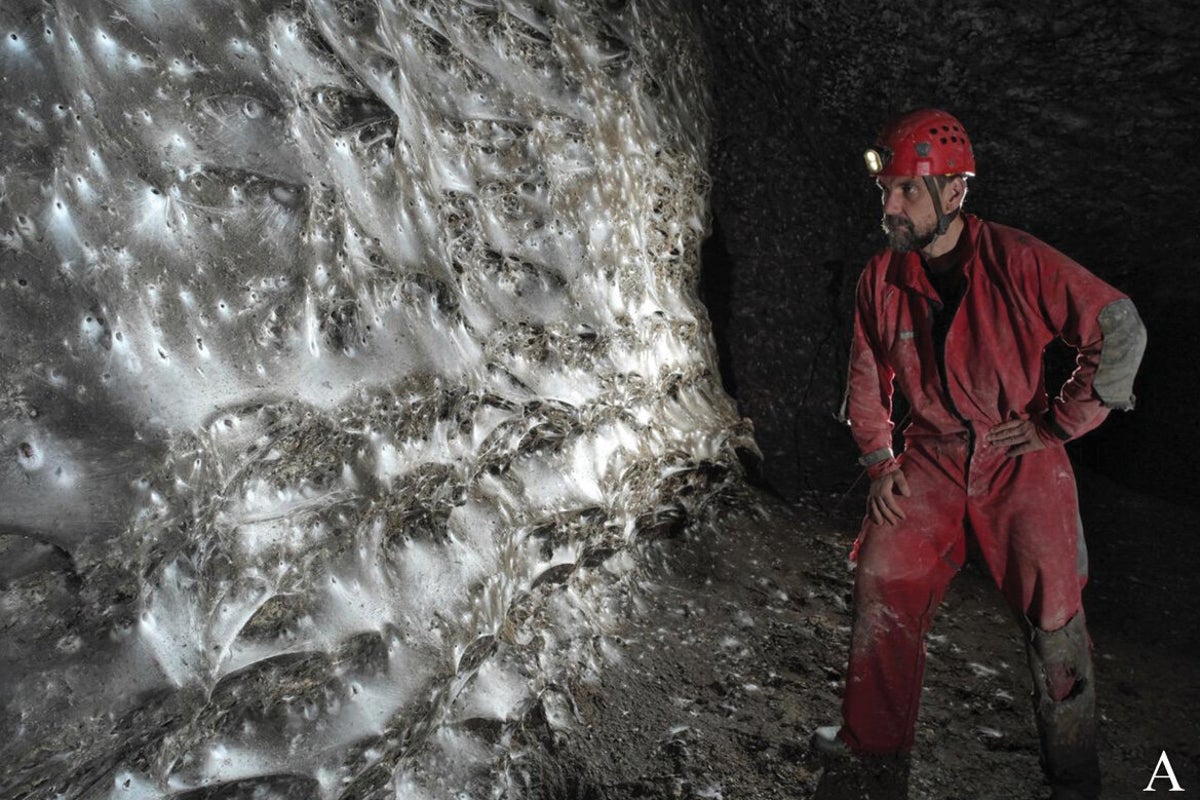Your support helps us to tell the story
From reproductive rights to climate change to Big Tech, The Independent is on the ground when the story is developing. Whether it’s investigating the financials of Elon Musk’s pro-Trump PAC or producing our latest documentary, ‘The A Word’, which shines a light on the American women fighting for reproductive rights, we know how important it is to parse out the facts from the messaging.
At such a critical moment in US history, we need reporters on the ground. Your donation allows us to keep sending journalists to speak to both sides of the story.
The Independent is trusted by Americans across the entire political spectrum. And unlike many other quality news outlets, we choose not to lock Americans out of our reporting and analysis with paywalls. We believe quality journalism should be available to everyone, paid for by those who can afford it.
Your support makes all the difference.Read more
Researchers have discovered what could be the world’s largest known spider’s web, an arachnid “megacity” teeming with tens of thousands of the creatures in a cave on the Albania-Greece border.
The newly discovered web is a massive structure spanning 100 square metres and is home to a colony of around 69,000 domestic house spiders, also known as the barn funnel weaver or Tegenaria domestica, and 42,000 Prinerigone vagans, a species of sheet weaver spider.
Social spiders are known to make communal webs that may host thousands of them, and finding a giant web structure inhabited by an otherwise solitary species is already quite rare. But never before had researchers documented a cooperative web woven by individuals belonging to multiple different species.
Explorers first came across the giant web during an underground wildlife survey in 2022.

open image in gallery
Rare colonial spider web in a cave on Albania’s border with Greece (Marek Audy, Subterranean Biology)
They reported the “spider megacity” to researchers, who then made multiple site visits to the cave – with its entrance in Greece and deep sections in Albania – to study it.
Researchers tested DNA samples to confirm the identities of the species weaving the web. What’s even more remarkable about this web is that both of the species in it are normally solitary – they don’t typically share webs at all.
“The most impressive occurrence in this cave is a large colonial spider web that covers an estimated 100 square metres of cave wall and hosts 69,000 specimens of T domestica and 42,000 specimens of P vagans,” they wrote in a study published in Subterranean Biology.

open image in gallery
A female Tegenaria domestica in the sulphur cave (Subterranean Biology 2025)
“These are both surface species that have never been reported to form colonies,” they noted, “and molecular evidence suggests the Sulfur Cave population doesn’t exchange individuals with the surface.”
Researchers assessed how the arachnids survived in the harsh conditions of the cave with no sunlight and high levels of toxic hydrogen sulfide gas.

open image in gallery
Prinerigone vagans specimens from the sulphur cave (Subterranean Biology 2025)
They found that microbes thriving in the cave system were consumed by tiny midges, which in turn got trapped in the giant web to provide an abundant food source for the spiders.
“The colonisation of Sulfur Cave by T domestica was most likely driven by abundant food resources represented by the dense swarm of chironomids thriving in the cave,” scientists wrote.

open image in gallery
Sulphur cave spiders (I Urak et al, Subterranean Biology)
DNA analysis found the spiders were distinct from their relatives outside the cave, suggesting they had adapted to the cave’s unique environment.
Scientists suspect the lack of light in the cave may be enabling the much smaller P vagans species to live among the barn funnel spiders inconspicuously.

